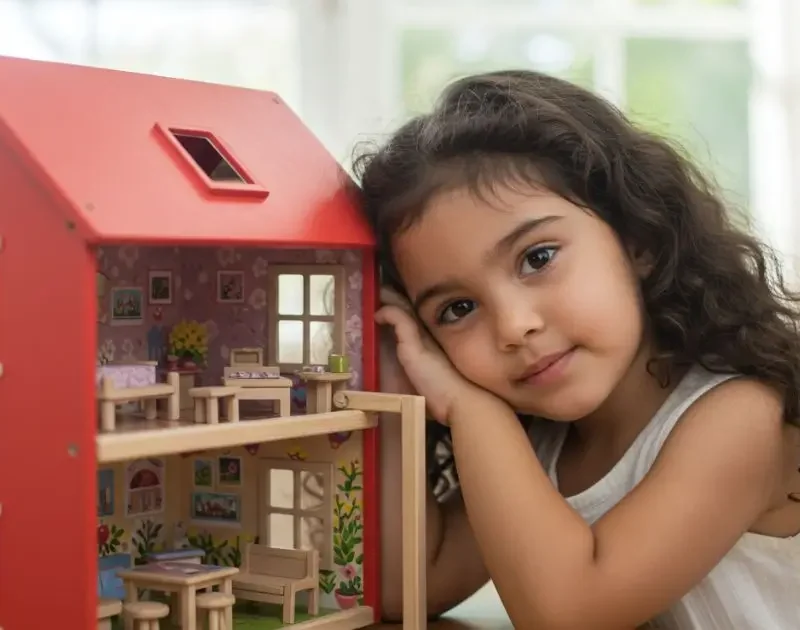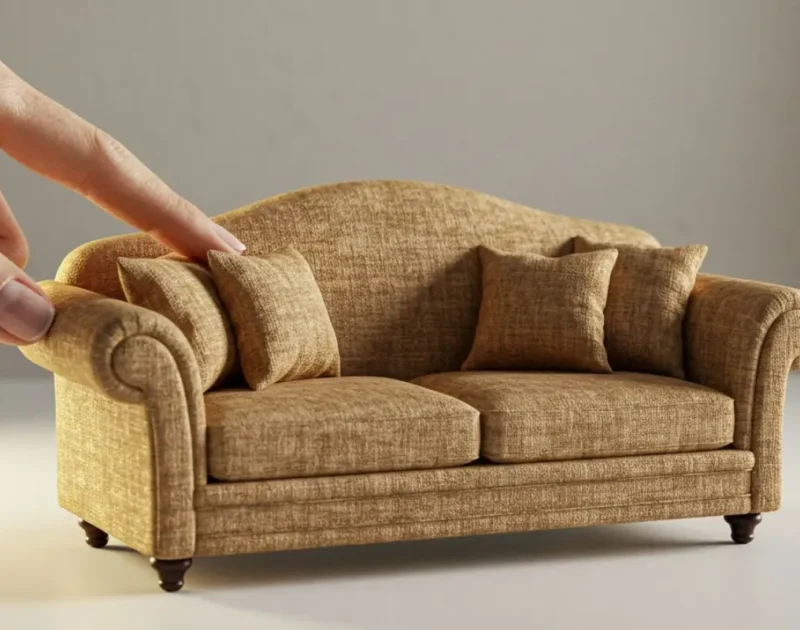Childhood is a stage full of creativity, curiosity, and discovery. One of the most effective tools to nurture these qualities is through play. Among the many toys that children love, miniature dollhouses stand out as a timeless favorite. More than just a fun pastime, they play a crucial role in shaping a child’s mind. But the big question is: how do miniature dollhouses help develop children’s imagination?
In this article, we’ll explore the educational, emotional, and creative benefits of dollhouse play and why parents should consider incorporating them into their child’s daily activities.
1. A World of Endless Scenarios
Miniature dollhouses are like blank canvases. Children can create entire stories, whether it’s a family preparing dinner, friends going on an adventure, or a pet hiding under the sofa. Each room becomes a stage, and each miniature item turns into a storytelling tool.
When children design and play out these scenarios, they practice storytelling, problem-solving, and role-playing, all of which strengthen their imaginative abilities.
2. Encouraging Role Play and Emotional Growth
Through role play, children explore real-life situations in a safe and playful way. They might pretend to be a parent cooking, a teacher teaching, or even a builder fixing furniture.
This type of pretend play not only sparks creativity but also encourages emotional development. Kids learn empathy by putting themselves in different roles and imagining how others might feel.
3. Building Creativity Through Design
Dollhouses often come with furniture, tiny decorations, and accessories. Some even allow children to customize and create their own pieces. When a child decides where to place a chair, what color to paint a wall, or how to design a living room, they are practicing creativity and design thinking.
Parents can take this a step further by letting kids craft DIY miniature furniture out of cardboard, clay, or wood. This hands-on activity boosts imagination and fine motor skills.
4. Cognitive and Language Development
Playing with miniature dollhouses often involves conversation. Children narrate their characters’ actions, create dialogue, and sometimes even invite siblings or friends to join in. This enhances their language skills, vocabulary, and communication abilities.
Additionally, arranging furniture, counting accessories, or deciding the order of actions helps strengthen cognitive skills such as organization, sequencing, and planning.
5. Strengthening Parent-Child Bond
One often overlooked benefit is how dollhouse play can bring families closer. When parents join in, they encourage their children’s creativity while also spending meaningful time together. This collaborative play not only develops imagination but also builds trust, communication, and emotional connection between parent and child.
Conclusion
So, how do miniature dollhouses help develop children’s imagination? They provide endless opportunities for storytelling, encourage emotional growth, improve cognitive and language skills, and strengthen family bonds. Dollhouses are more than toys—they are powerful educational tools that help children dream, imagine, and create their own little worlds.
If you’re a parent looking to inspire your child’s creativity, consider adding a miniature dollhouse to their playtime. It’s not just a gift—it’s an investment in their imagination.




